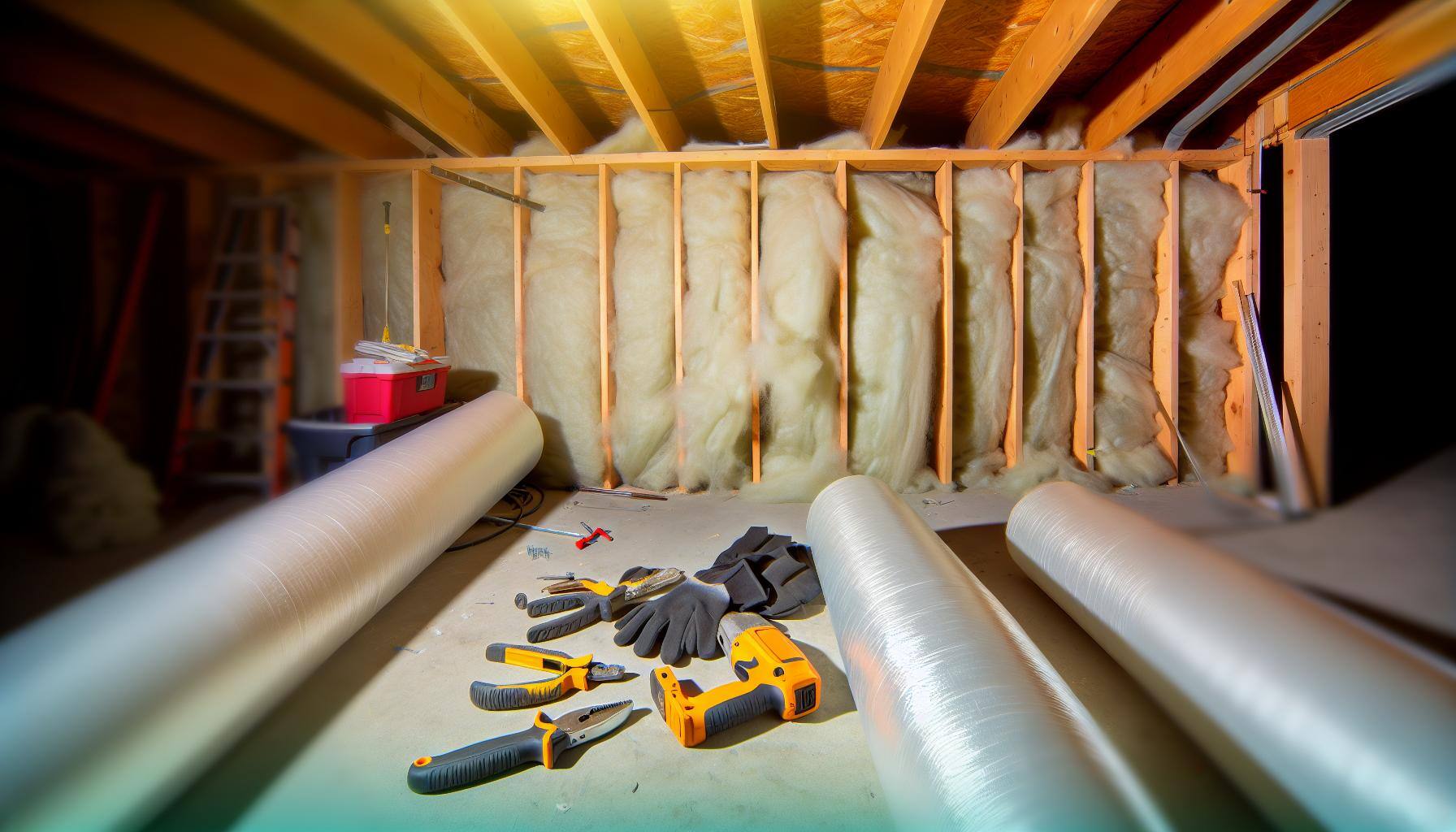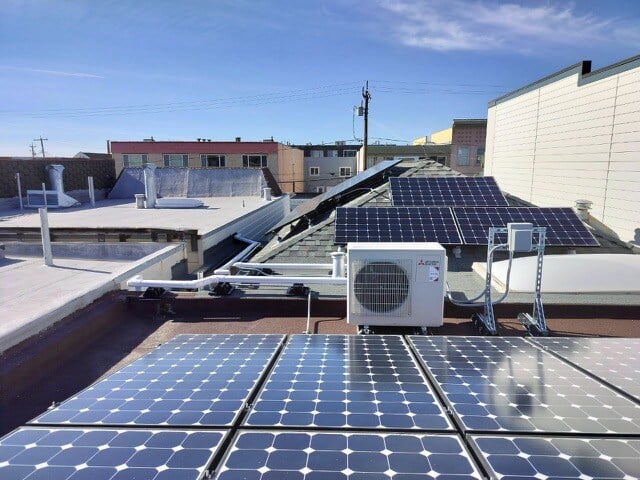Air Sealing: A Definitive Guide
Air sealing your home can be a great way to save money and make your home more comfortable and healthy. Homeowners and contractors often don't take this step, but air sealing is very important to improving your energy efficiency. In this guide, we will answer all of your common air sealing questions, debunk some myths, and explain why air sealing is worth it.
-
What Is Air Sealing?
-
What Do You Need Air Sealing?
-
Is Air Sealing a Good Investment?
-
Are There Any Downsides to Air Sealing?
What Is Air Sealing?
Air sealing is the process of identifying and sealing all of the nooks, crannies, gaps, and open seams throughout your home. By professionally sealing your home, you can improve your airflow, resulting in less stuffiness in the summer and less draftiness in the winter.
Excess airflow can be a problem for many homes, especially older ones. Poor sealing can result in increased energy costs and unwanted and sometimes dangerous air remaining trapped in your home. Air sealing can help with this issue by ensuring that your home has the fresh air you need while keeping excess moisture out. You can increase the comfort and health of your home, all while reducing energy consumption.
The biggest culprits in bad airflow are attics and ceilings. Up to 50% of your home's heating energy can escape through the attic floor. This creates a vacuum effect that sucks cold air in from the outside, making your home feel draftier than it needs to be. Air sealing and proper insulation can solve this problem by stopping heated air from rising up and out of your home,
Air sealing and insulation work best when they work together as a team, as insulation locks in warmth, and air sealing stops excess airflow. Your insulation won't be as effective in stopping weather without air sealing, so it's best to do both together. You will need to air seal anywhere you find gaps, most often in the attic.
Where Do You Need Air Sealing?
Many different areas of your home need air sealing. During construction and as your home ages, gaps that allow unwanted airflow can appear. Professionals will look at every area of your home before air sealing.
Foundation Air Sealing
As your home ages, small gaps and crevices begin to develop in and around your foundation. Foundation air sealing resolves these openings, which are a prime source of excess airflow. This is one of the first areas tackled when air sealing a home.
Attic Air Sealing
While you may not think about your attic unless you use it for storage, it's one of the most important areas for air sealing and insulation. Ductwork, plumbing, wiring, bathroom vents, and lighting fixtures can create pathways for unwanted airflow. Cold air is then sucked into your home. Attic air sealing (and duct sealing) plugs these holes with expanding spray foam. This prevents air from passing through and keeps your home from being drafty.
Window and Door Sealing
Windows and doors can also be a source of excess airflow, especially in older homes. Professionals can fill in the gaps and prevent airflow from passing through.
The best way to find where to seal your home is getting an energy audit from a certified contractor. Although you may attempt to audit your own home, it is rarely a good idea. Professionals have the experience and equipment to figure out exactly where your energy dollars are going. They are also willing to go everywhere in your house to find gaps, which is a very helpful service.
Is Air Sealing a Good Investment?
Air sealing your home can provide a significant monetary return in energy efficiency, comfort, and home value. Energy Star estimates that air sealing and insulation can save 15% on heating and cooling costs. Air sealing can also increase the value of your home. If you're planning on selling an older home, it's worth it to upgrade its energy efficiency.
The cost of air sealing varies depending on the size and location of your home, as well as the extent of the project, such as whether you're doing attic air sealing, foundation air sealing, or air sealing the whole house. Typically, air sealing and insulation costs range from $5,000–$12,000 when done correctly. The cost also depends on what rebates and assistance are available from your local energy/utility companies.
Are There Any Downsides to Air Sealing?
Homeowners often worry that air sealing can make their homes feel stuffy or restrict healthy airflow throughout the house. However, proper air sealing actually prevents stuffiness. Without proper air sealing, warm, humid air can infiltrate the house during summer, and during winter, a house without air sealing can feel freezing on the first floor and hot on the upper floors. It's worth noting that it is possible to go too far with air sealing, a phenomenon known as over-tightening. However, over-tightening isn't a significant issue as long as you hire a trained professional.
Air sealing does not cause moisture issues. When done correctly, it actually helps alleviate moisture problems throughout your home. Most harmful moisture comes from outdoor air and moisture infiltration. Improperly completed air sealing can sometimes lead to moisture issues, but with professional contractors who know how to properly air seal, you shouldn't see any problems. When done correctly and by experts, air sealing enhances the overall air quality and health of your home.
While air sealing may seem simple, it's not recommended to do it yourself. Air sealing professionals have years of on-the-job training and experience, and they use tools such as thermal detectors, blower doors, or infrared imaging equipment to determine where the trouble spots are in your home. Once the pros determine the airflow trouble spots, they'll air seal your home using various methods, such as expanding spray foam, which is the most common material used for sealing up homes. Afterward, you can enjoy the benefits of saving money while also reducing your carbon footprint.
QuitCarbon can put you in touch with a professional who can air seal your home. We have helped hundreds of homeowners improve their energy efficiency with our free "Electrification Plan". After we send you a plan, we connect you with our network of trusted contractors who can seal your home.



